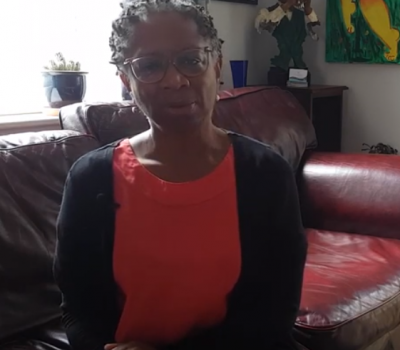

George Gilchrist explains, using his 25+ years leadership experience, how leadership structures vary from school to school. George also shares his thoughts on how the most forward thinking and acting schools are already including learners, parents and community in leadership of change.
![]()
Having been in formal school leadership positions for over twenty years, I have a range of experience of leadership, and have read, thought and discussed a lot around school leadership. I have had conversations with hundreds of school leaders and researchers about leadership and its impacts. From all of this, I remain convinced of the absolute primacy of leadership in ensuring schools, and systems, continue to develop, as well as in establishing the direction such development will take. Leadership, in all its guises, remains crucial to all we try to do, or achieve. What has changed however, is how that leadership is configured and what it looks like.
The traditional leadership model that exists in many schools and systems remain obstinately hierarchical in structure, though there are encouraging signs that this may be changing. In the traditional model there is the Headteacher/Principal at the top of the hierarchy, then there may be a Deputy Headteacher, or Assistant Headteacher/s (depending on the size of the school). There may well be Department or Faculty Heads, and Principal Teachers or other promoted posts, that form the Middle Leadership stratum of any school, and the ‘engine room’ of many. All of these posts have recognition of their leadership responsibilities firmly attached to their roles, as well as their job descriptions. They also attract higher salaries, to reflect the level of formal responsibility identified.

The structure above is charged with leading and developing each institution, setting the tone and the culture that prevails in that institution. They take on leadership, management and development responsibilities, with all this seen as a key aspect of their remit. They may not be entirely alone in these functions, because, at any one time, there will be others who, whilst having no formal role, aspire to such a role, and may take on responsibilities, as part of their own development and as a reflection of their aspirations. These will be passed on to them by those already situated in the hierarchy, with some hierarchies being more benevolent than others.
However, this traditional scenario is beginning to change. We have the Multi Academy Trusts in the UK, that have actually added more layers to the traditional hierarchy. But, most importantly, we are seeing the recognition and growth of ‘teacher leadership’ across many schools and systems, as we get better at engaging with research and using this to inform our practice. This is emerging out of improved understandings around the power of collaboration and the need for hierarchies to be flattened so that all can contribute to meaningful school development. This development taps into the experience and expertise of everyone, for the benefit of everyone, but especially our learners. In such a structure, teachers have high levels of agency, and are supported to help themselves and the school develop. It promotes ‘self-improving’ attributes in teachers, and within the systems they are located.
Developing teacher leadership and agency, are key in the development of system leadership across schools and systems, where all recognise a responsibility to contribute to improving outcomes for all learners, not just those immediately in front of them. Such development supports working across schools, departments, localities, and beyond, for the benefit of the system as a whole.
Of course, it is not without its challenges and we still have a long way to go, to fully embrace the change, and achieve the greatest impacts. The biggest challenge is the threat posed to typical hierarchies and their associated mindsets. Those who wish to defend and maintain their domains of power, can be reluctant to let go, or may let go in ways that are superficial and surface-level, still seeking to micro-manage all activity. They need to be challenged, as do those who still see leadership as none of their responsibility. We all lead, whether we like it or not, or acknowledge it or not. Our leadership can be positive for our learners and our schools, or it can be negative. I am sure most would wish for the latter.
My conclusion is that we need a balance of both types of leadership. We still need those with formal responsibility, but they and everyone else has to commit to collaborative action, to inform and shape the steps we take. Our schools become most powerful agents for change when everyone embraces the need for change and has a role in how it is shaped. The most forward thinking and acting schools are already including learners, parents and community in leadership of change, but we all must start from where we are if we are to truly make the changes necessary so that all move forward.
Photo credit: MaxPixel